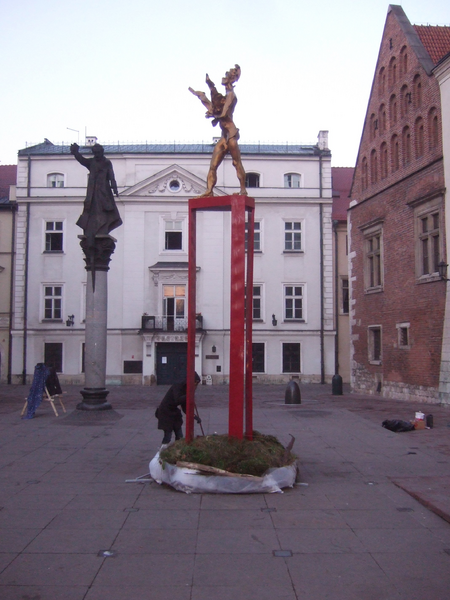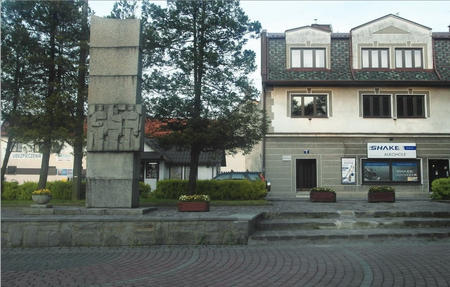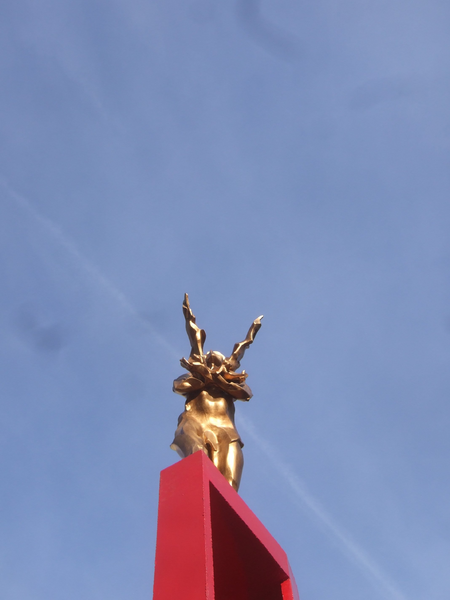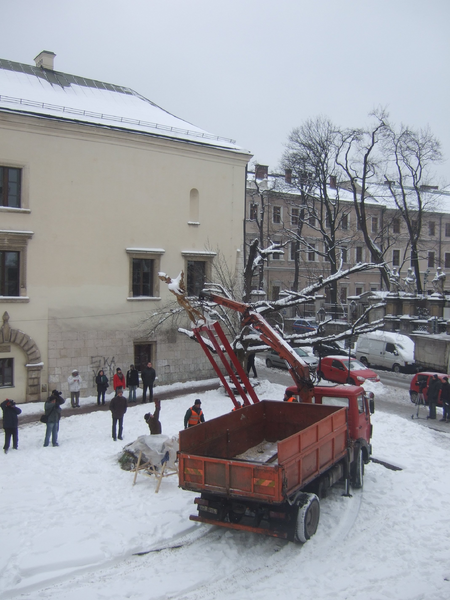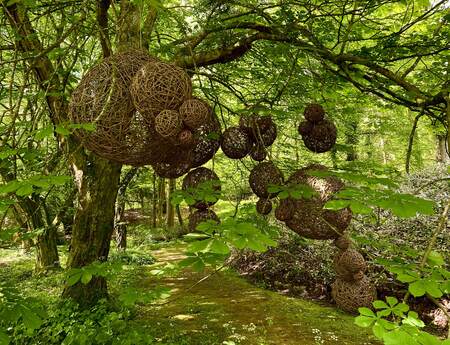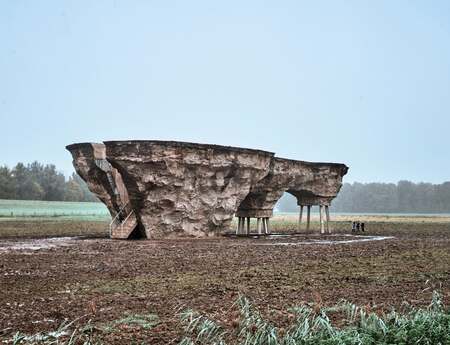The Heresy of Kristof (Part One)
On monuments, the bad taste of the currently ruling party in Poland, and my very bad sense of humor.
What to do with the monuments of the Soviet past? Krzysztof Krzysztof (b. 1980, lives in Krakow, PL) grew up in Poland after the Fall of the Wall. As a sculptor and researcher in Arts and Social Psychology, Krzysztof reflects on the response to monuments in public space against the backdrop of a changing political climate. Krzysztof objects against the demolishing of monuments. It is an attempt to wipe out the history. Apart from a message, they have a value as a work of art.
Ten years have passed since my sculpture (the object) Zarathustra (2011) stood at the center of the old town in Krakow . In the middle of the night, with the help of my friends, I placed this temporary sculpture - object on Mary Magdalene Square. The idea was to give the local population what they wished: a quasi post-futurist transfigurative form. What I aimed back then, based on personal observation and limited sources, was some sort of ‘golden boy’ visual attraction. Probably the French philosopher Jacques Ranciere would define this as aesthetical terror. However, this was what I wanted: give the people what they want, and see what they will do.
Those days, as a young sculptor who just came back from the US to Poland, I was driven to create a space for myself. I didn’t know what reaction to expect. Zarathustra was widely – and fiercely discussed in the commentary section of several public media. However, the cultural sector remained numb. Ofcourse critical discourse existed. But as soon as a work did not fit a general scheme of ‘progress toward global West versus post-small town mentality’, it was simply unnoticed in the public debate. Surely, in the media there were more and more people calling for better aesthetics in open access public spaces, but what they mean with ‘better’?
How do people respond to public art?
The reception of Zarathustra led me to the conclusion, that most of the academic community in Poland – including the cultural sector – had a passive attitude towards public sculpture. This challenged me to research the psychological response to public art and monuments, in my own work, as well as in an academic research at the University of Ulster, Northern Ireland. For those who like to dig deeper into this subject, I would like to share my publication: Monuments as an act of auto plagiarism. A case study of six examples from Lesser Poland (2017–2018) toward further strategies for public space. (1) With those who lack the time to do so, I will share the conclusions of my research.
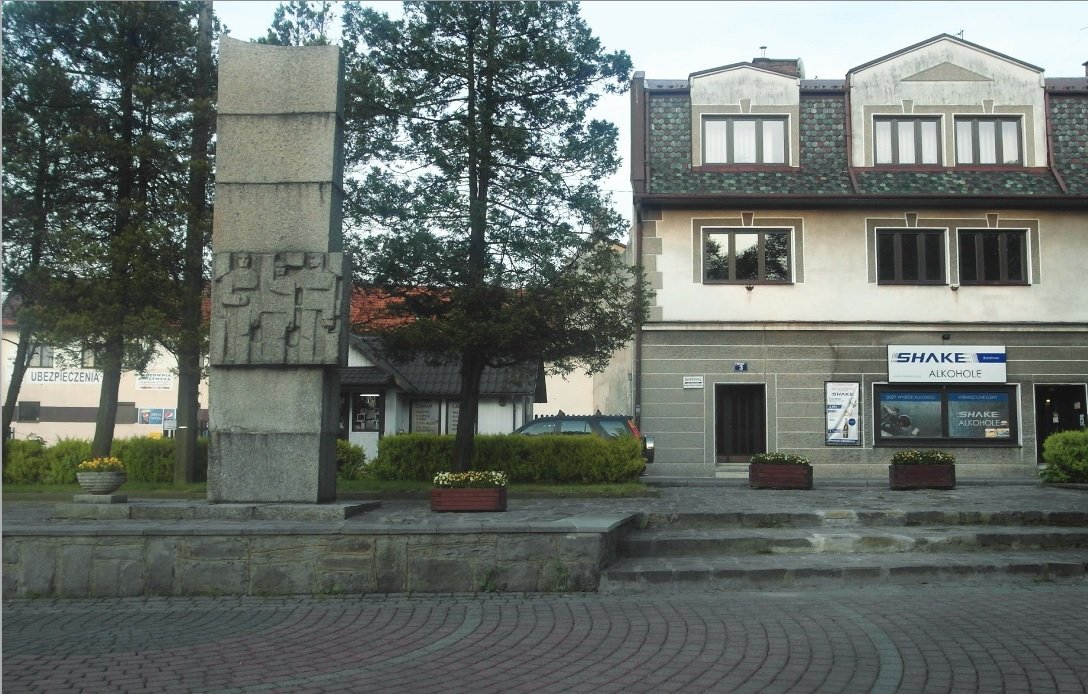
Photo: Kalwariarz (2019), Towarzystwo Przyjaciół Kalwarii Zebrzydowskiej
The destruction of ‘Soviet’ monuments
Some of you may have heard about turmoils in Poland in recent years: LGBT rights, jurisdiction and freedom of speech being under pressure, and the growing case of pedophilia in a Polish church. What probably escaped your attention, was the issue of the removal of so-called ‘Soviet’ monuments in the years 2017-2018, by the ruling party and their followers. Such as the Memorial Monument from Kalwaria Zebrzydowska. From 1962 - 1985, the original text on the monument was: ‘’To Honor and praise the fighters who died in the struggle for People's Poland.’’ In 1985, after the Kalwaria Zebrzydowska were granted the Partisian Cross, the text was changed into “For the participation of residents in guerrilla warfare with the German occupant. ’’ In 2017 the monument was removed.
Currently, the Polish state does not recognize Soviet, or Soviet-related monuments as objects of art, history of art or, generally speaking, as an act of culture. Based on Polish – Russian agreements back from the 90’s, they are recognized as places of memory, but only when the officials choose to do so. In Poland, a key role in the decision about the removal or preservation of a monument, is played by the Institute of National Remembrance. Officially, the INR is responsible for gathering data about the Soviet presence in the area of Poland. It holds some of the archives related to internal and external security forces in the Soviet era. It seems in my opinion, that regarding to the public space, sometimes the INR complies to the wishes of the ruling party. The decisions on the removals were done on the axis of local politicians' decisions connected with the ruling party and the authoritarian opinion of the INR. Opinions of third-party critics or specialists were not taken into consideration.
Interestingly enough, it was not so much the political content of the artwork that mattered. Decisive for the survival of a monument was the ownership of the land. When local parties owned the land, and were not ideologically connected with INR nor the ruling party, they managed to defend their property. At these locations, the monuments still exist. In other cases, they were destroyed, in order to commercially exploit the location, turning them into tourist shops or parking lots.
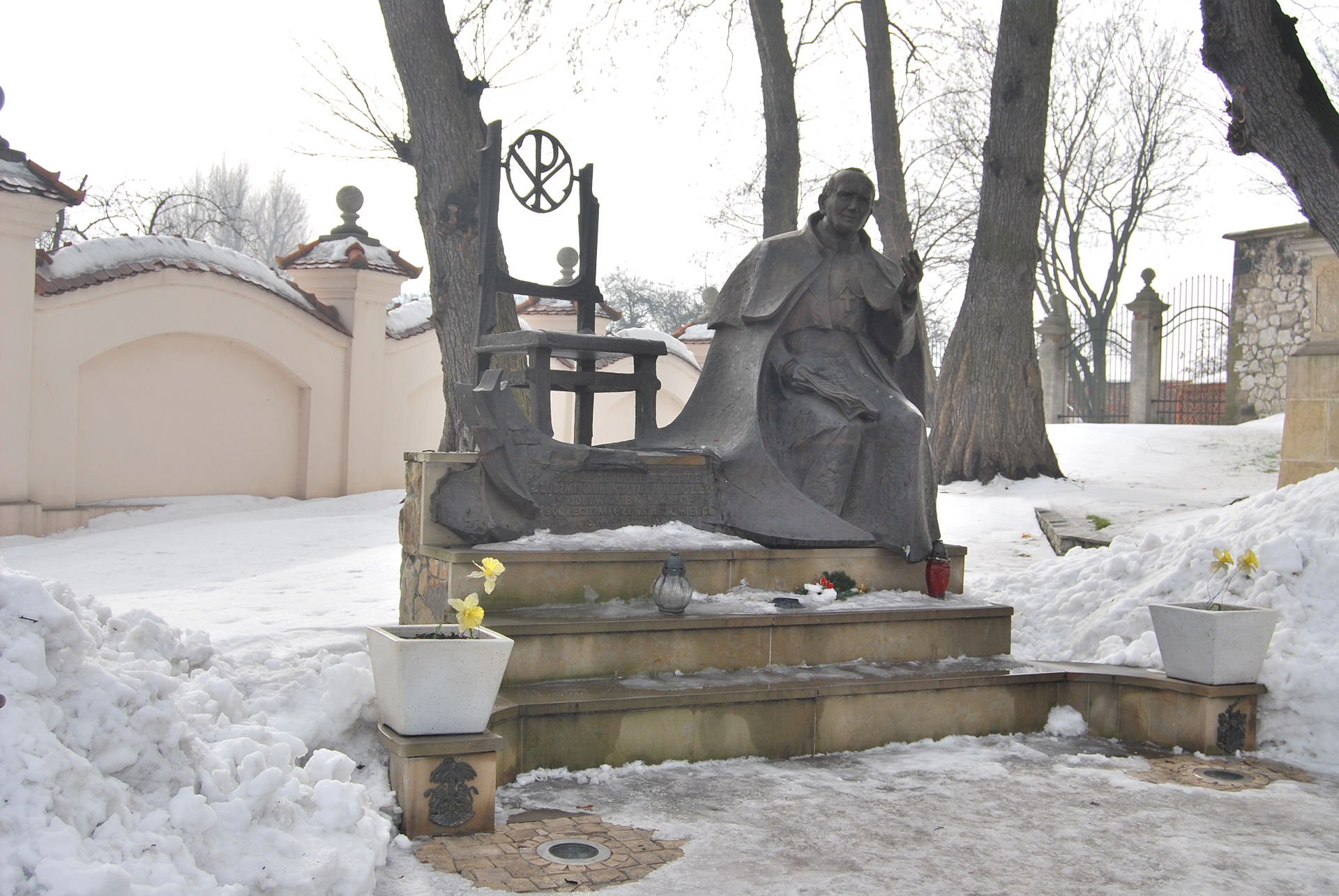
One of many examples for a typical aesthetics for new memorization process in Poland.
New monuments to rewrite history
What is the link of the history of Zarathustra with my research about the removed objects ? In recent years, I was invited several times to become involved in shaping the ‘new history’: new versions of the monuments that will fit a newly written past.
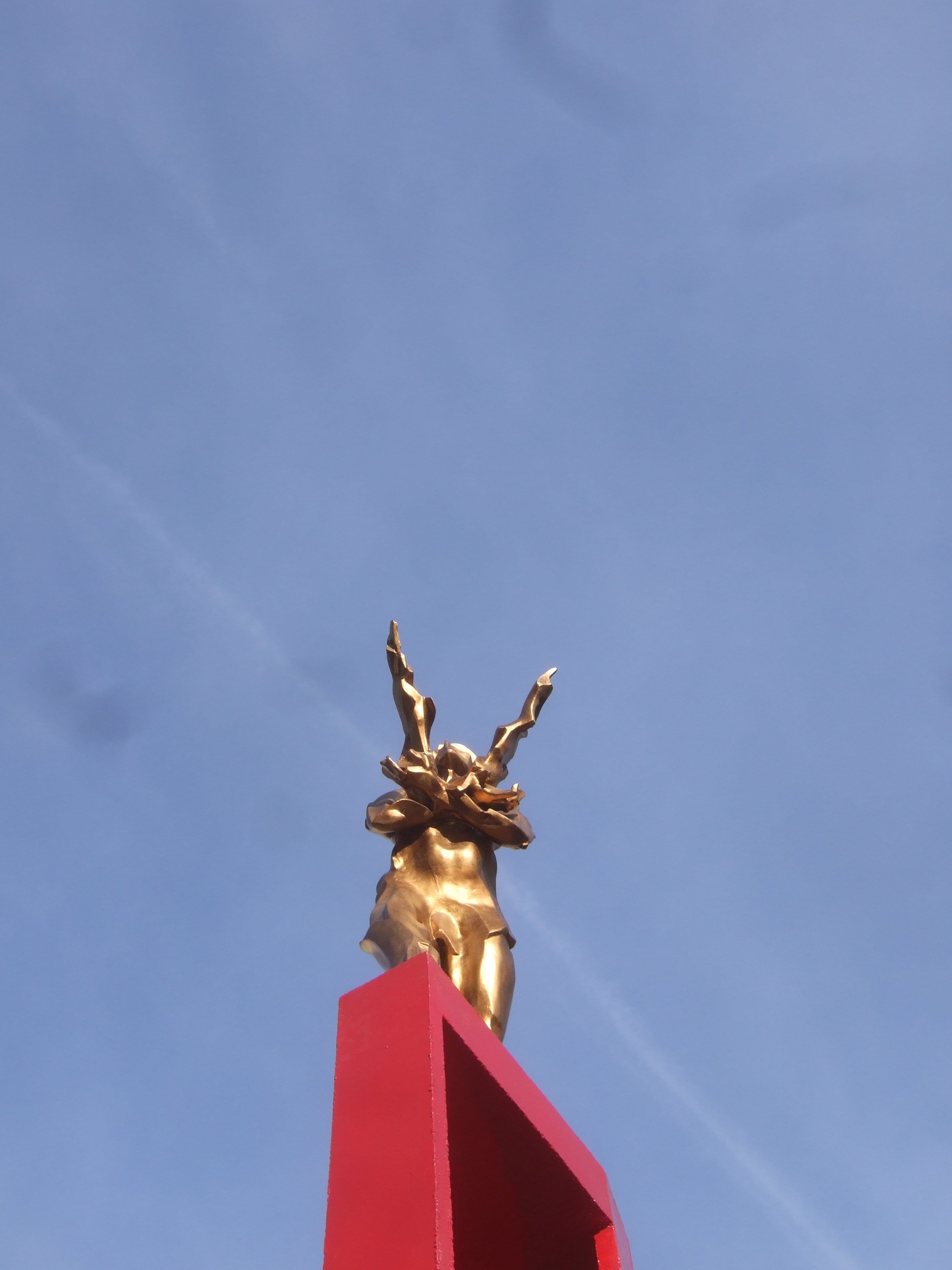
being removed from Mary Magdalene Square
after two weeks
New heroes, replacing the statues of politicians of the fallen order, are usually chosen from a variety of priests. Naturally the Pope from Poland was and is the most favourite candidate. Other options would be authoritarian army leaders, or soldiers who died during or after the war. All these statues of new heroes are commissioned by private parties. Today, there is hardly any contemporary public art sponsored by the state. And non-monumental, abstract, pure art is unseen and unheard of.
The Zarathustra project somehow preludes on the current political climate. In my opinion, it exposes the fear of the tiny Polish middle class to lose its illusionary status quo. However, as Christopher Lasch noticed in his book about cultural narcissism after Kernberg, the narcissist is not interested in the future nor the past. (2) Bear in mind, that according to a study by Hofstede and Minkov (2010), the Polish population has dramatically low historical memory. In my opinion, this coincidence is worthwhile exploring. (3)
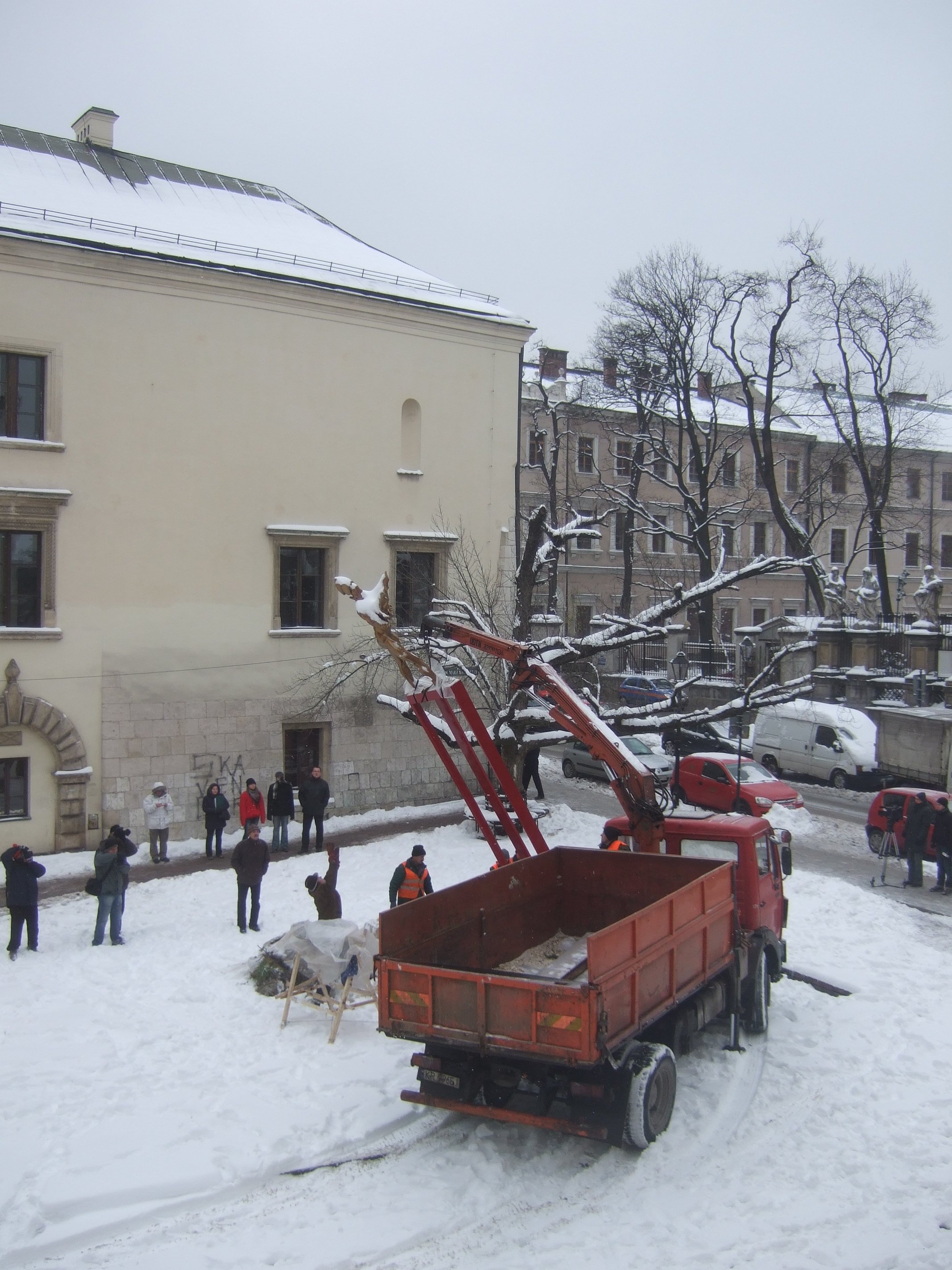
being removed from Mary Magdalene Square
after two weeks
What was my reaction? In 2016 I was asked again to make a monument of the ex-soldier Richard Kukliński. He was working in the army intelligence in the 70’. It is commonly considered, that he passed the documents vital for interest of the CIA in that time.
According to Norman Davies without his cooperation, the Soviet Block would be far harder to stop. The clients, were interested in a monument of a man in military intelligence suit which was going to stand near a baroque church with a cemetery as a backdrop. Due to the fact, that two monuments of Kukliński already exist in the area of Cracow, it was obvious, that that commission was going to be another try to mix contexts and delude memorization processes. Therefore, I said yes and… made him look like David Bowie in the Absolute Beginners video clip. Well, I wasn’t paid, but at least I had a good laugh.
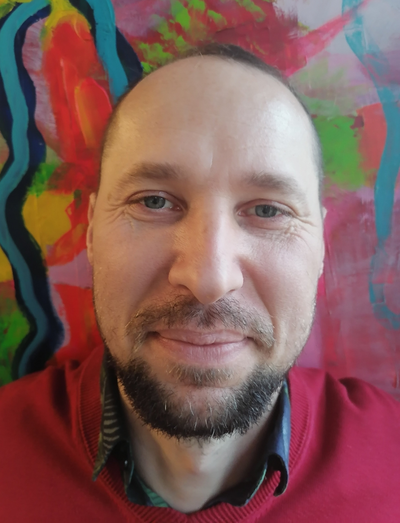
Author
Dr. Krzysztof Krzysztof (artist name Kristof) worked as a researcher and lecturer at the University of Ulster, Ireland, and THE Ignatianum Academy, Institute of Psychology in Krakow, Poland. Currently, he as active as an artist. You may like his page at @KrzysztofStudio or visit his page at Krzysztof.mozello.com
Cited Literature:
(1) Krzysztof Krzysztof, Monuments as an act of auto plagiarism. A case study of six examples from Lesser Poland (2017–2018) toward further strategies for public space, 2020. Link to full article
(2) Lasch C. (1991), The Culture of Narcissism, American Life in Age of Diminishing Expectations, New York, London, W.W Norton & Company, p.21
(3) Hofstede G.J., Hofstede G, & Minkov M. (2010) [website] https://www.hofstedeinsights. com/country-comparison/poland,the-uk,the-usa/] (accessed: 2019-01-10)
Article published in January 2021
